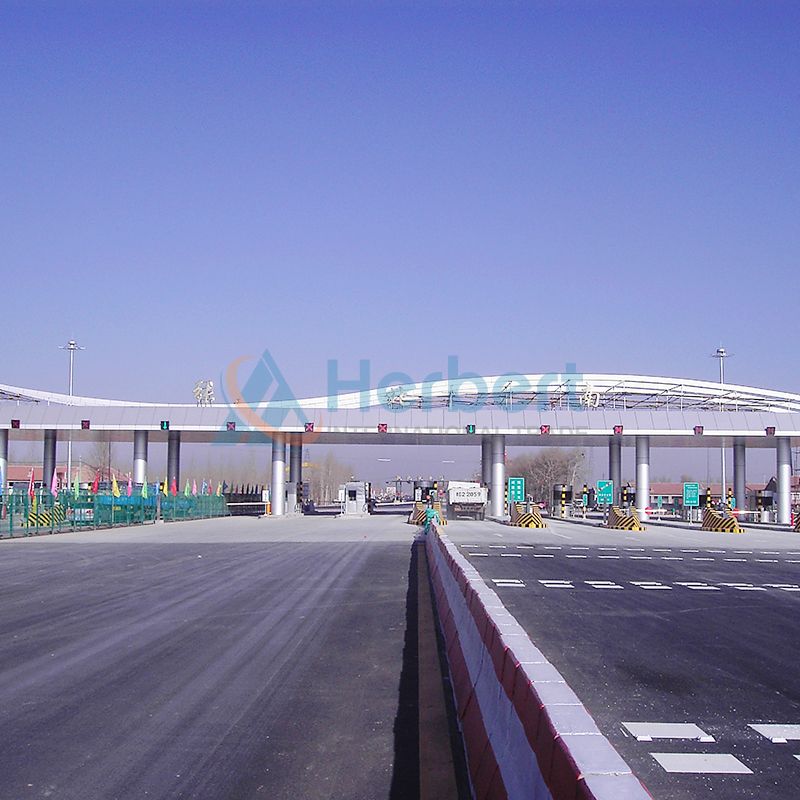Space Frame Construction is Ideal For Sustainable Design
Feb. 04, 2024
In the realm of modern architecture and construction, the pursuit of sustainability has become paramount. Space frame construction, with its innovative design and material efficiency, emerges as an ideal choice for sustainable building practices. This article delves into the characteristics and advantages of space frame construction, illustrating why it is a preferred option for those aiming to create environmentally friendly and efficient structures.
Material Efficiency:
Space frame construction minimizes material usage while maintaining structural integrity. The skeletal framework, often made of lightweight and high-strength materials like steel or aluminum, allows for the creation of expansive structures with less material, reducing the overall environmental impact.
Energy Efficiency:
The open and modular nature of space frame structures facilitates efficient natural lighting and ventilation. With large, unobstructed spaces, these structures can harness daylight effectively, reducing the need for artificial lighting and lowering energy consumption. Additionally, well-designed space frames can enhance passive heating and cooling strategies, optimizing energy efficiency.
Durability and Longevity:
Space frame constructions are renowned for their durability. The use of robust materials combined with the inherent strength of the geometric design results in structures that can withstand environmental stresses and elements. This longevity minimizes the need for frequent repairs or replacements, further contributing to sustainability by reducing construction-related waste.

Versatility in Design:
The flexibility of space frame construction allows for diverse architectural designs. From stadiums and airports to industrial facilities and exhibition halls, the adaptability of space frames enables architects to create structures that meet specific functional requirements while also adhering to sustainable principles. This versatility minimizes the need for specialized construction methods for different types of buildings.
Reduced Construction Time:
The prefabricated nature of space frame components accelerates the construction process. With standardized elements manufactured off-site, the assembly of space frame structures is quicker than traditional building methods. This not only reduces labor and associated costs but also minimizes the environmental impact of construction activities.
Optimized Use of Resources:
Space frame construction optimally utilizes resources by distributing loads efficiently across the framework. This results in a reduction of material waste and ensures that each component is contributing effectively to the overall structural stability. The efficient use of resources aligns with sustainable practices and minimizes the carbon footprint associated with construction projects.
Adaptability to Renewable Technologies:
Space frame structures can be easily integrated with renewable energy technologies. The expansive surfaces of these structures provide ample space for the installation of solar panels or other renewable energy systems. This adaptability enhances the overall sustainability of the construction, promoting a holistic approach to green building practices.
Recyclability:
The materials used in space frame construction, particularly steel and aluminum, are highly recyclable. At the end of a structure's life cycle, the materials can be salvaged and reused, further reducing the environmental impact associated with the construction industry.
Conclusion:
Space frame construction stands as a beacon of sustainable design, embodying efficiency, adaptability, and environmental responsibility. As the world grapples with the imperative to construct buildings that are both functional and eco-friendly, Custon space frame structures offer a compelling solution. By embracing this innovative construction method, architects and builders contribute to a more sustainable and resilient built environment, aligning with the evolving ethos of responsible and forward-thinking construction practices.
155
0
0

Comments
All Comments (0)